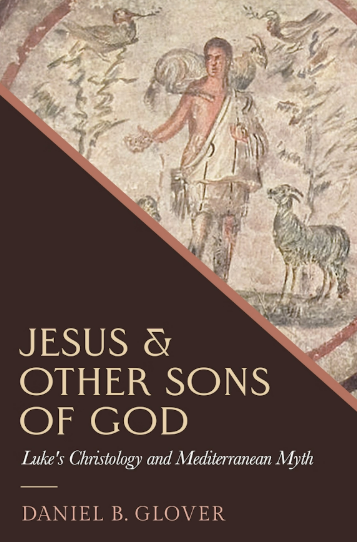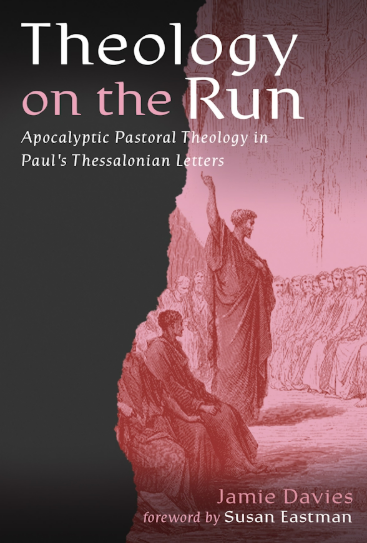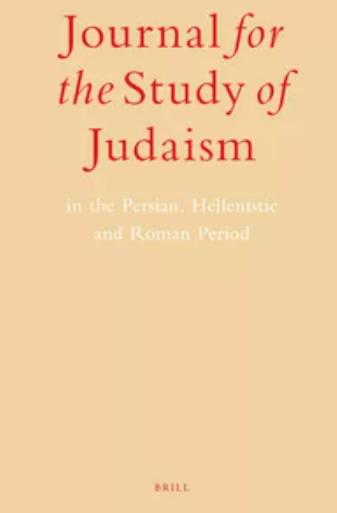[ 신간 소개 ] 2025. 7. 30.
반신반인(demigods), 영웅, 다이몬(daimones), 올림포스 신들로 가득했던 세상에서 초기 기독교인들은 예수의 신성을 어떻게 개념화했는가? 그리스도가 신이라는 새로운 믿음의 요소로서 그들이 활용할 수 있었던 상징, 이미지, 문학적 모티프는 무엇이었는가? 학자들은 수십 년 동안 '고기독론(high Christology)'의 기원에 집중해 왔다. 그러나 초기 기독교인들이 고대 지중해 세계의 다른 사람들에게 어떻게 그 믿음을 기록하고 전달했는지는 최근에 들어서야 다루어지기 시작했다.
다니엘 B. 글로버(Daniel B. Glover)는 그의 저서 'Jesus and Other Sons of God' 에서 초기 기독교 신앙 형성기의 이 중요하고 서로 얽혀 있는 문제들을 다룬다. 글로버는 이 연구에서 누가복음과 사도행전의 저자에게 초점을 맞추어, 그를 역사적, 사회적, 문학적 맥락 속에 확고히 자리매김한다. 초기 기독교 문헌이 오직 혹은 주로 기독교인들만을 위해 쓰였다고 주장하는 이들에 맞서, 글로버는 누가가 새로운 종교 운동에 관심이 있었던 고등 교육을 받은 동료 식자층, 즉 엘리트 문화 생산자 집단을 독자층으로 삼았다고 주장한다. 이렇게 재해석된 독자층을 염두에 두고, 글로버는 누가가 문학 엘리트들 사이에서 그들을 위해 글을 썼을 뿐만 아니라, 그 자신도 엘리트의 한 사람으로서 그들처럼 글을 썼음을 논증한다. 누가복음/사도행전에 나타난 예수의 신성 묘사를 복원하면서, 글로버는 누가가 자신이 이해한 예수를 표현하기 위해 당대의 수사-문학적 관습과 신화-신학적 신념을 어떻게 채택하고 어느 정도 변용했는지를 명확히 설명한다.
이 중요한 연구는 누가의 사회적 위치, 종교적 관여, 문학적 작법에 대한 더 정밀한 그림을 제공하는 동시에, 고대 지중해라는 배경 속에서 누가의 기독론을 철저하고 역사적으로 일관되게 해석한다. 신약성서, 초기 기독교, 고대 종교를 연구하는 학자들과 학생들은 글로버의 획기적인 저서가 제공하는 날카로운 통찰로부터 큰 도움을 얻게 될 것이다.
In a world full of demigods, heroes, daimones, and Olympians, how did early Christians conceptualize Jesus’s divinity? What symbols, images, and literary motifs were available to them as elements of an emerging belief in Christ as divine? Scholars have focused upon the origins of "high Christology" for decades. Only recently have we begun to address how early Christians inscribed and communicated that belief to others in the ancient Mediterranean.
In Jesus and Other Sons of God, Daniel B. Glover takes up these important, interlacing questions of formative Christian belief. Glover focuses this study upon the author of Luke and Acts, situating him firmly within his historical, social, and literary contexts. Against those who have asserted that early Christian literature was written exclusively or primarily for Christians, Glover argues that Luke wrote for an audience of well-educated, literate peers—a cadre of elite cultural producers who were interested in new religious movements. With this reimagined readership in mind, Glover demonstrates that Luke not only wrote among and for the literary elite but also as and like one of them. In retrieving the presentation of Jesus’s deity in Luke/Acts, Glover elucidates how Luke adopted and to some extent adapted both the rhetorical-literary practices and mytho-theological convictions of his milieu to give expression to the way he understood Jesus.
This important study offers at once a more precise picture of Luke’s social location, religious engagement, and literary procedure as well as a thorough and historically coherent reading of Luke’s Christology in its ancient Mediterranean setting. Scholars and students of New Testament, early Christianity, and religion in antiquity will benefit from the incisive insights yielded by Glover’s groundbreaking book.
[ Contents ]
Introduction: Reading Luke’s Jesus in the Ancient Mediterranean
1. Gods and Sons of Gods: Ancient Mediterranean Conceptions of Divinity
2. Jesus and the Demigods: The Lukan Infancy Narrative and Greco-Roman Literary Culture
3. Jesus and Epiphany: Transfiguration and "Christophany" as Glimpses of the Divine
4. Jesus--Lord and Savior: Luke’s Use of Κύριος and Σωτήρ in the Imperial World
5. Jesus Among Heroes and Immortals: The Resurrection and Ascension as Deification NarrativeConclusion: On Reading and Rereading Luke’s Christology
Appendix: The Text of Luke 24:51







